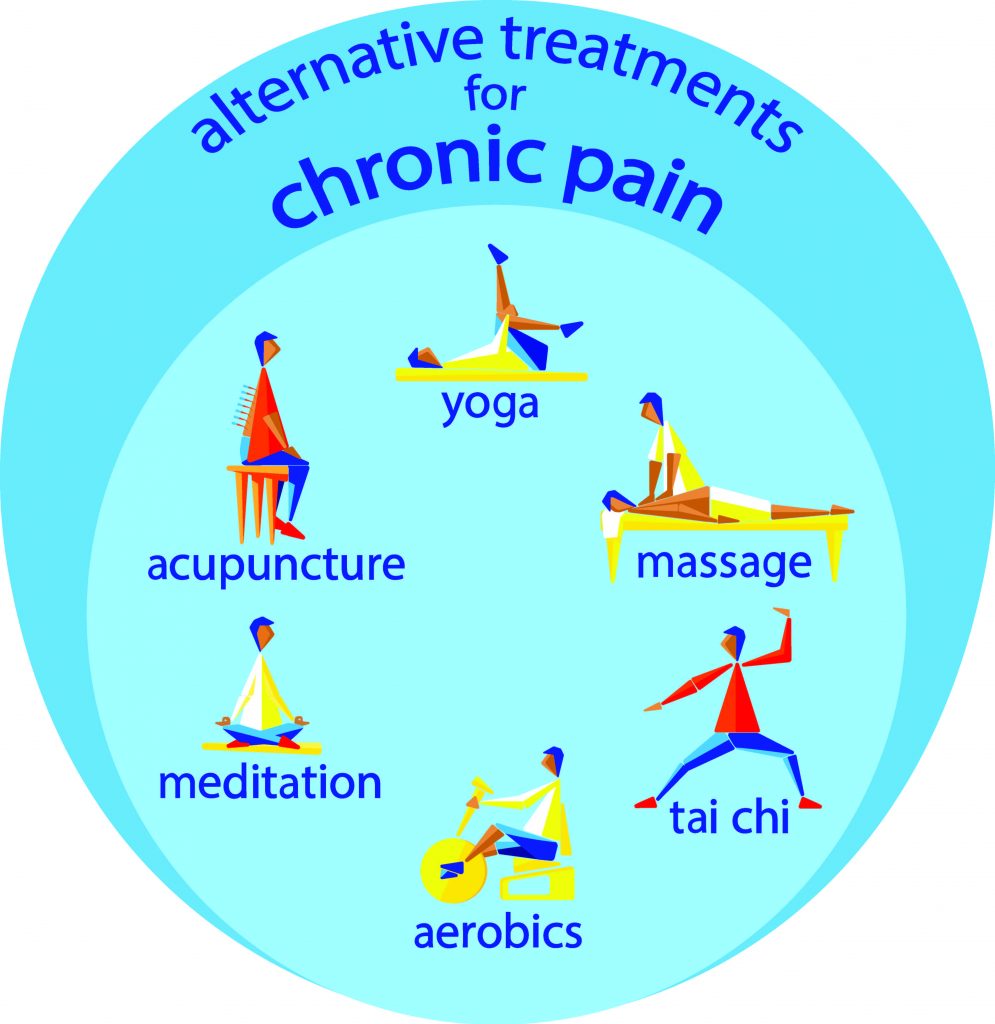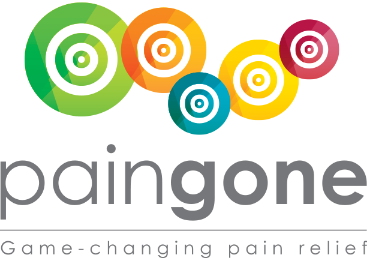
Dec 2, 2021
Paingone
The Stigma of Chronic Pain Has Lasting Impact, Study Shows
Suffering from chronic pain is always challenging, but a recent study at Auckland University of Technology Health and Rehabilitation Research Institute confirms what millions of patients have been saying for years – part of their suffering and the accompanying depression stems from the stigma surrounding their pain.
The stigma surrounding chronic pain hasn’t been researched in depth until recently. Debbie Bean, Ph.D., lead author of the Auckland study, noted that the current research “…adds to a small body of studies that focus on what patients say. They tell us that stigma and disbelief are big issues for patients and yet are relatively unexplored in research.”
According to the study, whose results were presented at the International Association for the Study of Pain’s 2021 virtual meeting, over 40% of patients reported that feeling stigmatized by friends, family, and even their doctors led to anxiety and depression. The correlation was highest in those struggling with chronic depression and patients who used opioids for pain relief.
Most concerning was the perception by patients enrolled in the study that their own medical teams devalued them. Within this group, the feelings of shame and judgment were highest in individuals with little or no social support and those who were disabled. Some patients believed their doctors thought the pain they suffered was “all in their head,” leading to mistrust of their physicians and a corresponding lack of faith in the medical community.
The study revealed a concerning link between low income and stigma for chronic pain patients. Individuals from low-income and minority families were more likely to be dismissed as drug seekers or opioid addicts. Bean explained, “Many people described avoiding health care whenever possible due to stigma.” They also “lacked any therapeutic relationship with providers and felt let down by the health system,” leading patients to give up on finding appropriate medical care.
Harris Poll Reveals Disconnect Between Doctors and Patients with Chronic Pain
A recent Harris Poll of over 2,000 participants revealed several disconnects between individuals suffering from chronic or long-term pain and the physicians who treat them. The poll also showed that younger patients are often unaware of the different specialized medical practitioners available to help them. As a result, people under age 35 with chronic pain are more likely to self-medicate with marijuana or CBD.
The survey was conducted on behalf of the Samueli Foundation, a non-profit known for supporting innovative research and development to aid humanity. Among the results of the poll were some surprising facts, including:
- Among those polled, 65% of individuals 18-34 years old experienced chronic pain.
- In the same group, 52% of those over 35 years of age suffered from chronic pain.
- In individuals suffering from chronic pain between 18-34, three-quarters of the patients did not know what type of doctor could best treat their pain.
- Back pain was most commonly reported in younger patients, with neck or knee pain the next most common complaint.
- Nearly a quarter of individuals under the age of 44 use CBD oil or marijuana to alleviate pain. This number drops to 11% over the age of 45.
- The majority of respondents indicated they would be willing to try changes in diet, exercise, and alternative therapies such as physical therapy, massage, acupuncture, and yoga to relieve their chronic pain.
According to Wayne Jonas, MD, executive director of integrative health programs at the Samueli Foundation, “It is clear that young people are trying to deal with their chronic pain on their own, but they also want and need their providers’ help in determining the most effective treatments for their pain. Primary care providers, who manage most patients with pain, should steer their patients – especially young adults – to proven, effective strategies to manage their everyday pain.”
“This should be a wake-up call to physicians that their patients are looking for more information from them about managing their chronic pain, especially for non-drug approaches. It is up to providers across the health care system to engage in regular conversations with patients to uncover the best ways to manage their pain daily.”
Green Light Therapy May Help Fibromyalgia Patients
Researchers at Duke University’s School of Medicine have determined that green light therapy often decreases opioid use in fibromyalgia patients. Researchers hope that green light therapy may be a viable option for patients as an alternative to opioid medications.

Padma Gulur, MD, Duke University, noted, “As pain practitioners, we all recognize that we don’t have enough nonpharmacological options to help our patients. At the same time, such approaches are immensely desirable because they would likely be of minimal risk to the patient.”
“With that in mind, the visual cortex is an interesting space and one we started to explore in my lab,” Gulur explained. “In doing so, we started to recognize that green light could have an effect beyond just headaches. These rods and cones were actually playing a role in the inhibition of pain pathways.”
Preclinical trials have also shown the potential for green light therapy to help chronic pain patients and those with recurring migraines. Many patients in the study asked to keep the green light glasses after the study had ended due to the efficacy of the treatment, which involved wearing special glasses containing green lenses for four hours daily. The lenses allow a specific wavelength of light through, filtering out other wavelengths.
This Week’s Pain Fact: Various forms of light therapy, sometimes called phototherapy, have been used for thousands of years by various civilizations, including Egyptians, Ancient Greeks, and Romans. Exposure to natural light has been used to treat a wide range of conditions, including chronic pain and psoriasis. In recent times, infrared, LED, and ultraviolet light therapy have been used to reduce pain and speed healing. Interest in new forms of light therapy using specific colors and wavelengths of light are seeing renewed interest.
Is Paingone helping your patients and your practice?
Tell us your success story.
A robust retail strategy is essential to growing your practice.
You only have so many hours a week available for appointments. The fastest way to increase your bottom line is to incorporate profitable products that generate repeat business and build your reputation as a medical professional. That’s where Paingone comes in.
Contact us below to learn more about our products, wholesale pricing and how Paingone can benefit your practice.

